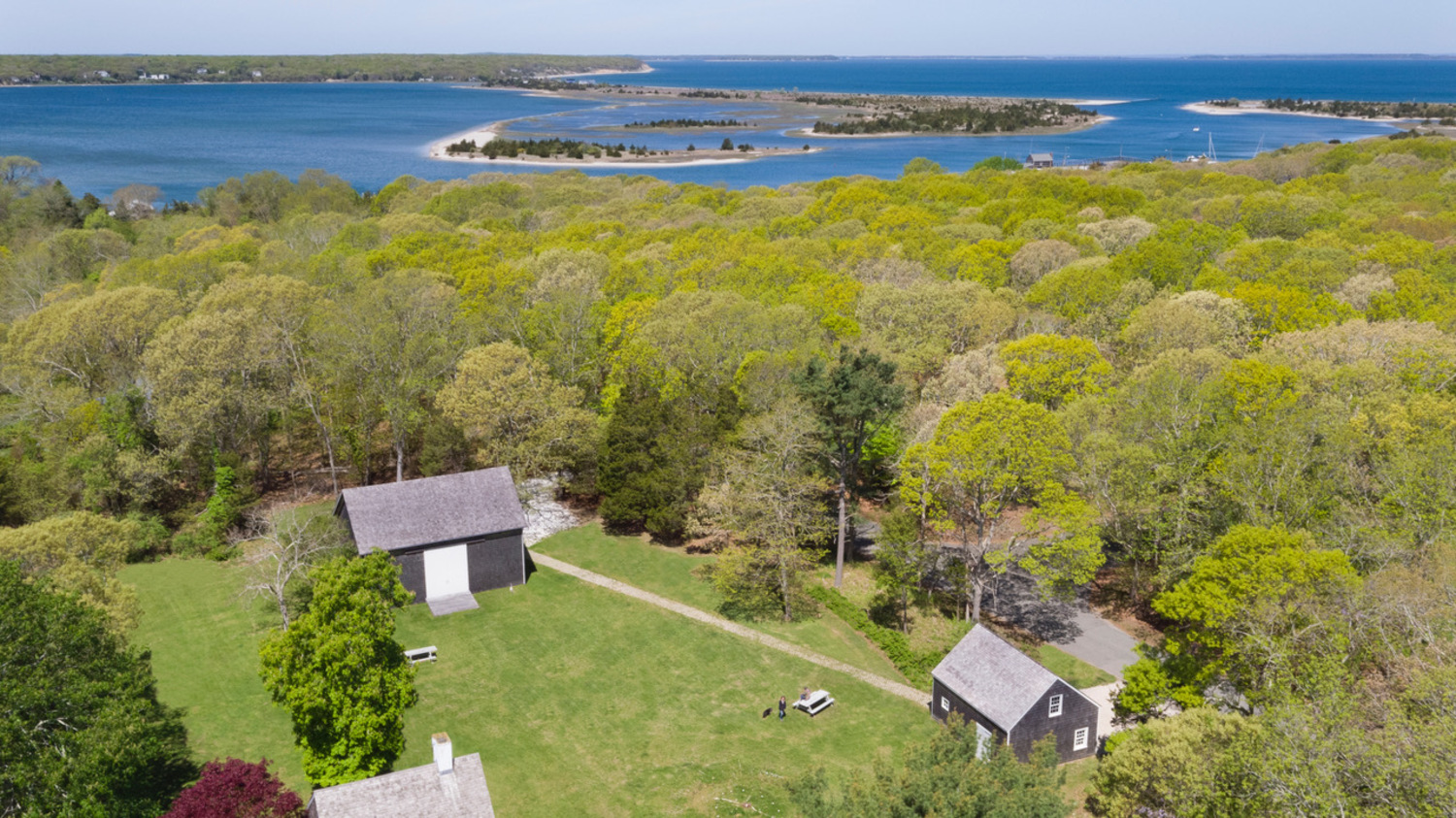
Long Island’s East End is home to four full members and three affiliate members of the National Trust for Historic Preservation’s Historic Artists’ Homes & Studios program. On Tuesday, June 20, and Wednesday, June 21, all seven of the sites will open their doors to visitors for free, self-guided tours from noon until 4 p.m.
Over the course of those two days guests will have the opportunity to visit what has been described as this “constellation” of artists’ homes and studios. No reservations are required. Check each location’s website for directions.
Starting at the easternmost site, on Lazy Point in Amagansett, the D’Amico Studio & Archive offers an intimate view of the singular environment created by artist Mabel D’Amico (1909-1998) and her husband Victor (1904-1987), the founder of the Museum of Modern Art’s Education Department. Their home manifests the concept of creative living and illustrates the couple’s progressive approach to art and education.
Eight miles north in Springs, a hamlet in East Hampton Town, is the Pollock-Krasner House, where abstract expressionist painters Jackson Pollock (1912-1956) and his wife Lee Krasner (1908-1984) lived and worked. The barn studio contains evidence of their spontaneous gestural techniques. An early Pollock painting and prints by both artists are displayed in the house, which also features changing exhibitions.
Just under two miles away is The Arts Center at Duck Creek, which develops and operates fine arts programming in the 19th century barn once owned by abstract expressionist John Little. In the 1950s, the artist used this space as a studio and meeting place for artists in the then burgeoning art colony.
Four miles to the south is LongHouse Reserve, which was founded by Jack Lenor Larsen, an internationally known textile designer, author and collector. His home was built as a case study to exemplify a creative approach to contemporary life. The 16-acre reserve and sculpture garden located in East Hampton, features pieces from Buckminster Fuller, Yoko Ono and Willem de Kooning, and many other artists.
In 1975, Elaine de Kooning reconciled with Willem and purchased the house three miles north at 55 Alewive Brook Road. She added the studio three years later and created her last important bodies of work. After her death, the sculptor John Chamberlain owned the house and studio, followed by the painter Richmond Burton. Since 2011, the Elaine de Kooning House has hosted events, exhibitions and informal artist residencies.
Heading west again to the Moran Studio, turn right on Route 27 opposite East Hampton’s Town Pond. The former home of landscape painter Thomas Moran (1837-1926) and his wife, printmaker Mary Nimmo Moran (1842-1899) interprets the couple’s lives and careers. Described as “a quirky, Queen-Anne style-studio cottage,” it was the first purpose-built artists’ residence in East Hampton’s renowned American art colony.
The western most spot is Madoo Conservancy, the former home, studio and garden of the painter and poet Robert Dash (1931-2013) in the charming village of Sagaponack. Dash spent more than 40 years developing the two-acre collection of plantings and artist-designed structures. His residence and studio and a selection of his works are also on the tour.
To learn more about Historic Artists’ Homes & Studios visit artistshomes.org.